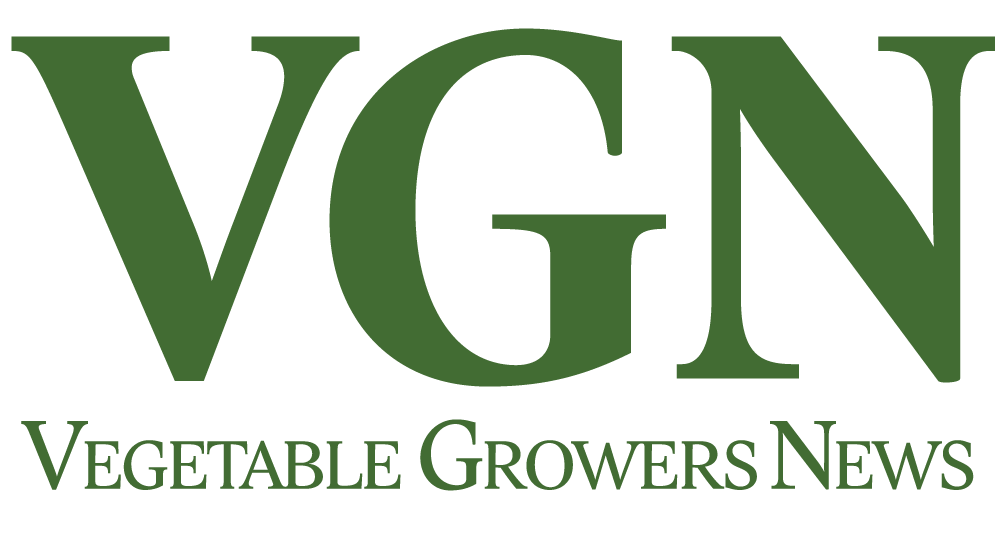
March/April 2025
Advanced methods to embrace sustainability in orchards
When I discuss sustainable practices with growers, the focus is always firstly, and rightfully, on sustaining farm profitability. Without a profitable farm, there is no possibility of environmental or social benefit that comes from such practices.
I will discuss three transformative practices that are shaping the future of agriculture by optimizing resource use and increasing farm profitability. These practices have the potential to boost crop productivity and/or reduce or replace input costs.
Precision in practice
Variable rate application (VRA) technology stands out as a game changer for nut growers. VRA aligns perfectly with the 4 Rs of fertilization — applying the right product, in the right place, at the right time and in the right amount — thus ensuring optimal resource use and cost savings.
VRA optimizes the delivery of nutrients or soil amendments to crops by assessing variations within fields using an EM-38 drag sled, soil sampling, soil nutrient monitoring and other proprietary technologies, allowing for the tailored application of inputs according to specific site conditions. It also enhances productivity by optimizing nutrient and amendment placement at various rates needed in different areas of an orchard, highlighting both the economic and environmental benefits of VRA.
Depending on the amendment recommendation per field conditions, VRA results may occasionally result in additional cost but still promote enhancement of lower-producing parts of the orchard. Ultimately, this leads to a return through improved overall field productivity.
The cost of VRA mapping ranges from $20 to $50 per acre. In many cases I have observed, the savings on gypsum, lime, sulfur and potassium can be well over $100 per acre. Compost can also be applied with VRA targeting a single element. The EC mapping of your field can be used to treat your fields almost indefinitely but with some verification of improvement through standard soil sampling and other methods.
Natural solutions
Application of live and native microalgae through fertigation is a novel pathway to soil health and sustainable farming by enhancing soil structure, increasing nutrient and water efficiency, and boosting crop productivity.
Live and native microalgae applications act as a base food source to soil microbes, which ultimately enhances organic matter decomposition and nutrient cycling. This process offers a natural alternative to synthetic inputs or an enhancement to the input of compost.
Additional measured and observed findings when using live and native microalgae are a reduction of bulk density (compaction) along with significant increases in:
- Total nitrogen percentage
- Total organic carbon (higher nitrogen use efficiency)
- Aggregate stability (resistance to dispersion)
- Carbon to nitrogen ratio
- Organic matter percentage
I’ve also repeatedly shown enhancements to soil water infiltration and water holding capacity, while simultaneously mitigating drought stress under deficit irrigation in almonds during the summer. Physical slake, slump and rain tests show night and day improvements over untreated soil.
My outlook on this technology is that as my soil continues to grow in the above metrics, I will take plant stress monitoring into my own hands through irrigation management, ultimately reducing irrigation totals.
Targeted weed control
Advancements in see-and-spray technology, such as systems like PTX Trimble Weedseeker 2, allow for precise herbicide application. This new technology spots weeds using sophisticated sensors and directly targets them with sprays, thereby significantly reducing herbicide.
For nut orchard managers, this means lower costs, less environmental contamination and reduced risk of herbicide resistance.
Most of my case studies using this technology in post-emergence burn down of weeds in mature orchards have yielded between 60% to 90% reduction in applied herbicide, following a successful berm band pre-emergent program. Younger orchards with matted yellow nutsedge or morning glory with minimal shade competition have slightly less returns of 30% to 50% reduction. This is obviously dependent on the field condition and management.
I consider the use of see-and-spray technologies for weed management an absolute no-brainer for growers looking to reduce their cost of production by not spraying money into the dirt.
As agriculture evolves, staying ahead with these advanced technologies will be crucial for growers looking to enhance productivity and ensure the financial sustainability of their operations.









